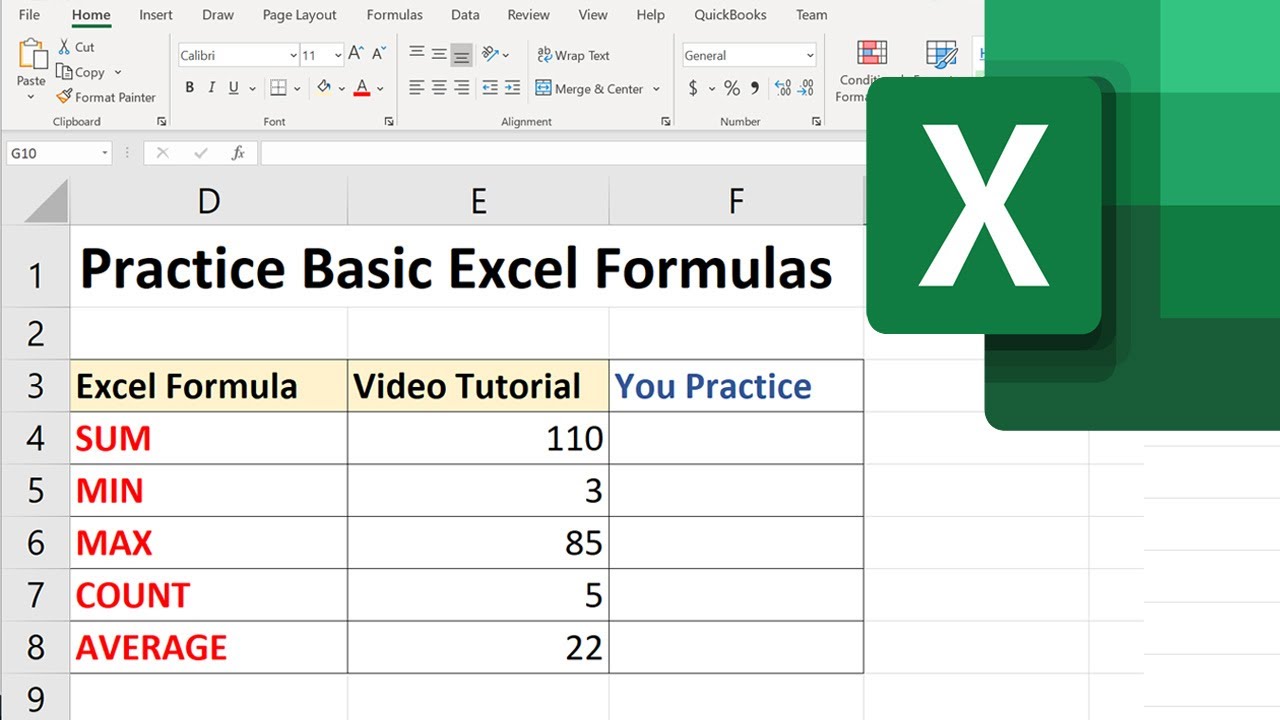Master Excel: Learn to Join Sheets Easily

If you've ever worked with Excel, you know how powerful it can be when it comes to managing and analyzing data. One of the most common tasks you might need to perform is joining or combining data from multiple sheets. In this post, we will explore different methods to join Excel sheets, ensuring your data analysis is both effective and efficient.
Understanding the Need to Join Sheets

Data in Excel often comes in separate sheets, whether it's due to the organizational structure of your project or because different datasets are managed by different teams. Merging or joining these sheets can provide a more comprehensive view, allowing for easier analysis and reporting.
- Consolidation: Combine data from various sources into one cohesive set.
- Analysis: Perform complex data operations like VLOOKUPs or SUMIF across multiple sheets.
- Reporting: Streamline the creation of reports with comprehensive datasets.
Methods to Join Excel Sheets

Using VLOOKUP

VLOOKUP is one of the most straightforward ways to join data from two or more sheets. Here’s how you can use it:
- Setup: Ensure you have a common identifier in both sheets.
- VLOOKUP Formula: Use the formula in the sheet where you want to bring data from another sheet.
- Example:
If you have a common ID column in both sheets, and you want to bring data from ‘Sheet2’ into ‘Sheet1’, your formula would look like:
=VLOOKUP(A2, Sheet2!A:D, 4, FALSE)
Using INDEX and MATCH

INDEX and MATCH offer a more flexible alternative to VLOOKUP, especially for pulling data from left-to-right or using multiple criteria:
- INDEX Formula: Use to find the row or column number.
- MATCH Formula: Use to locate the position of the lookup value.
- Example:
To bring data from ‘Sheet2’ column ’D’ into ‘Sheet1’ based on a match from ‘A’:
=INDEX(Sheet2!D:D, MATCH(A2, Sheet2!A:A, 0))
Power Query (Get & Transform Data)

Power Query is an Excel add-in that provides robust data transformation and loading capabilities:
- Enable Power Query: Go to ‘Get Data’ under the ‘Data’ tab if it’s not already enabled.
- Import Sheets: Import the sheets you need to join.
- Merge Queries: Use ‘Merge Queries’ to join the sheets based on common keys or conditions.
- Notes:
⚠️ Note: Ensure both datasets share a common identifier for merging.
Advanced Techniques

Using Macros or VBA for Complex Joins

For more advanced or repetitive tasks, VBA (Visual Basic for Applications) can automate Excel processes including joining sheets:
- Create a Macro: Write VBA code to join data programmatically.
- Benefits: Automates repetitive tasks, handles complex logic, and can manage large datasets efficiently.
- Example:
Sub JoinSheets() Dim ws1 As Worksheet, ws2 As Worksheet, wsNew As Worksheet Set ws1 = ThisWorkbook.Sheets(“Sheet1”) Set ws2 = ThisWorkbook.Sheets(“Sheet2”) Set wsNew = ThisWorkbook.Sheets.Add(After:=ThisWorkbook.Sheets(ThisWorkbook.Sheets.Count))' Copy headers from Sheet1 to the new sheet ws1.Rows(1).Copy Destination:=wsNew.Rows(1) ' Copy and join data ws1.Range("A2:A" & ws1.Cells(ws1.Rows.Count, 1).End(xlUp).Row).Copy Destination:=wsNew.Range("A2") ws2.Range("A2:A" & ws2.Cells(ws2.Rows.Count, 1).End(xlUp).Row).Copy Destination:=wsNew.Cells(ActiveSheet.Rows.Count, "A").End(xlUp)(2) ' Optionally add additional columns or data manipulationEnd Sub
Troubleshooting Common Issues

- Joining Sheets with Different Structures: Use Power Query for data transformation before joining.
- Data Mismatches: Ensure data types are consistent across sheets to avoid lookup errors.
- Performance: For large datasets, consider using VBA or Power Query to improve speed.
Joining sheets in Excel might seem daunting at first, but with the right approach and tools, it becomes an invaluable skill for data analysis. Whether you choose VLOOKUP, INDEX and MATCH, Power Query, or VBA, each method has its place depending on the complexity of the task at hand. Remember, the key to successful data integration lies in understanding your data and choosing the right technique for the job. By mastering these methods, you'll not only enhance your Excel skills but also streamline your workflow, making your data management tasks more efficient and less error-prone.
What’s the best method for joining small datasets?

+
For small datasets, VLOOKUP or INDEX-MATCH are typically sufficient. They are straightforward to implement and require minimal setup.
How can I join sheets if I don’t have a common identifier?

+
Without a common identifier, you’ll need to add one or use Power Query to create one based on other data fields. Alternatively, consider creating a custom VBA solution to match data based on multiple criteria.
Can Excel handle joining very large datasets efficiently?

+
Yes, Power Query and VBA can handle large datasets more efficiently than regular Excel formulas. For extremely large datasets, consider using database solutions like SQL.



